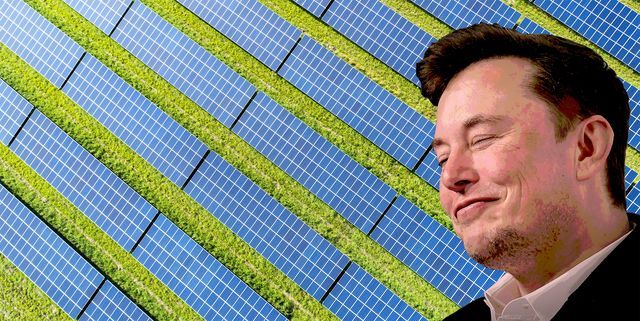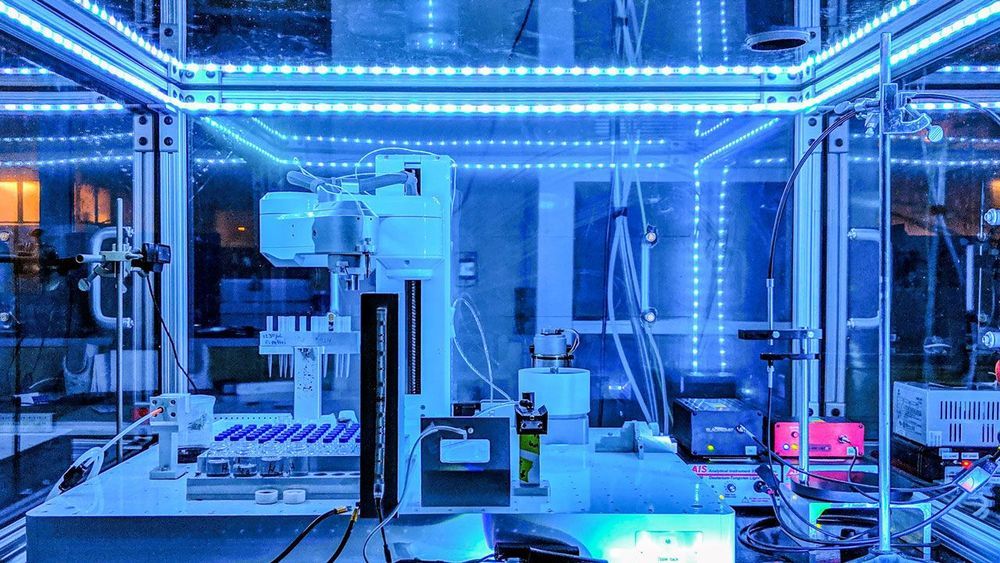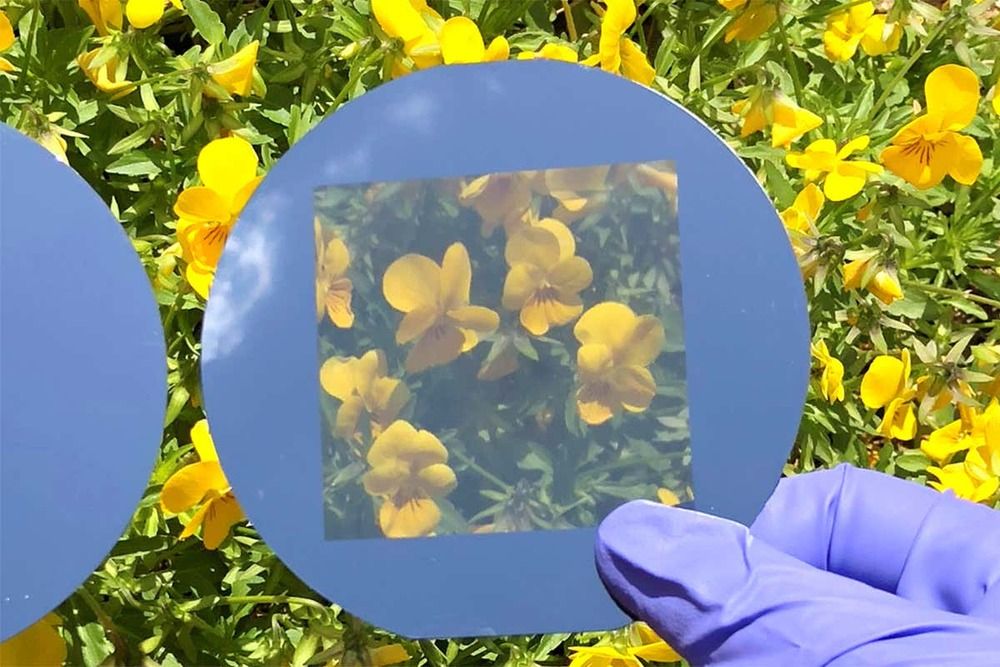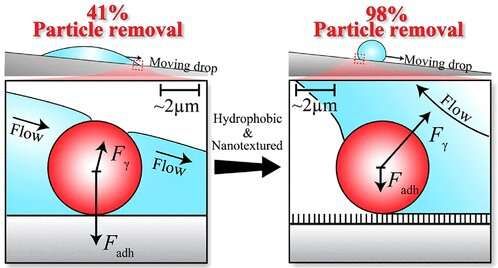From next year, some of London’s electric buses will play artificial noise while traveling at low speeds, and the specific sound that’s been created for them is an ambient treat for the ears. The noise was created by Zelig Sound, which has been working with Transport for London on the audio over the past year.
The sound is being introduced in response to a new EU law which stipulates that all electric vehicles will eventually need to produce artificial noise while traveling at low speeds, to make up for the lack of noise from their internal engines. If you can’t hear a vehicle, then you’re not as aware of its presence, and research suggests pedestrians are more likely to be hit by electric or hybrid cars as a result.
Wired reports the base note is a soft F#maj7 chord, with a slight pulsing sound in the background. This is what gets played when a bus is stationary:
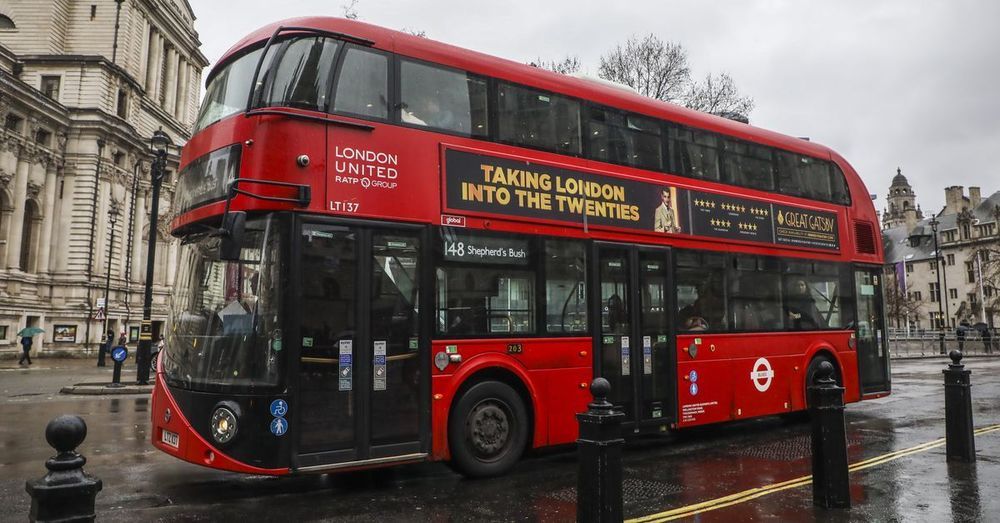
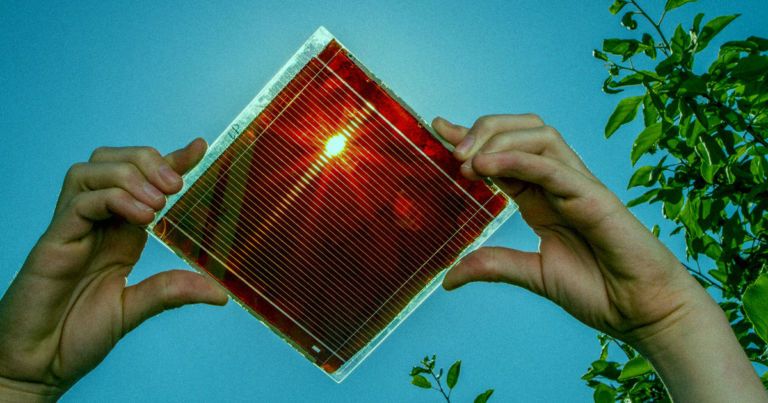


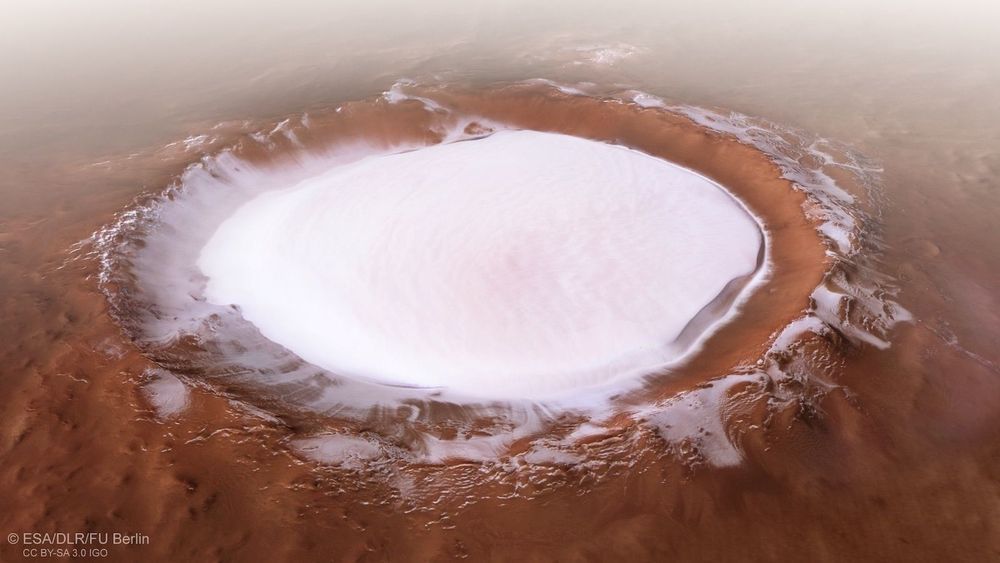
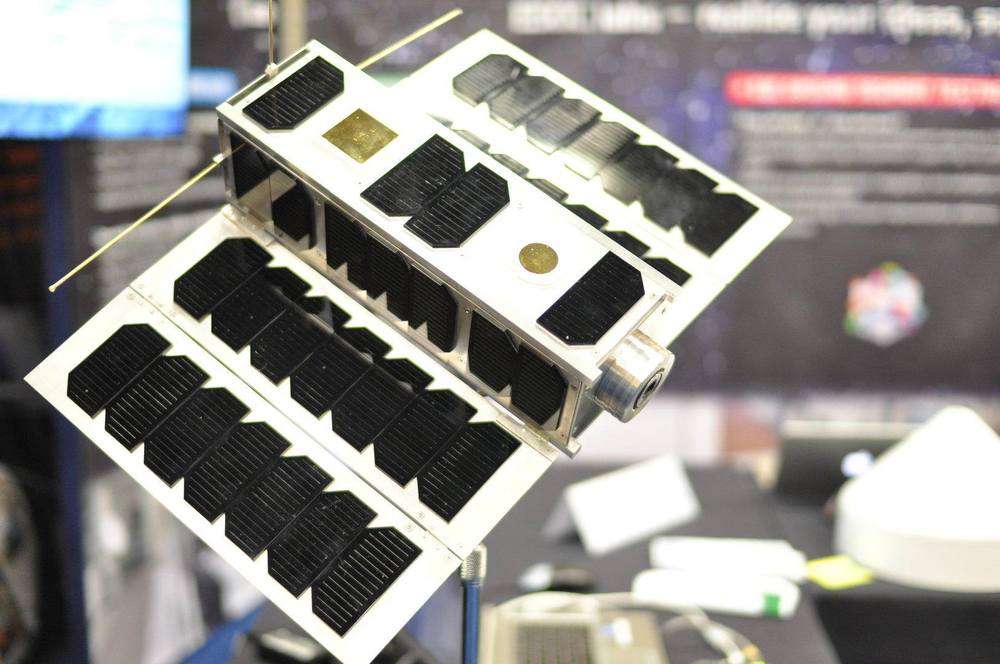
 Photo
Photo
